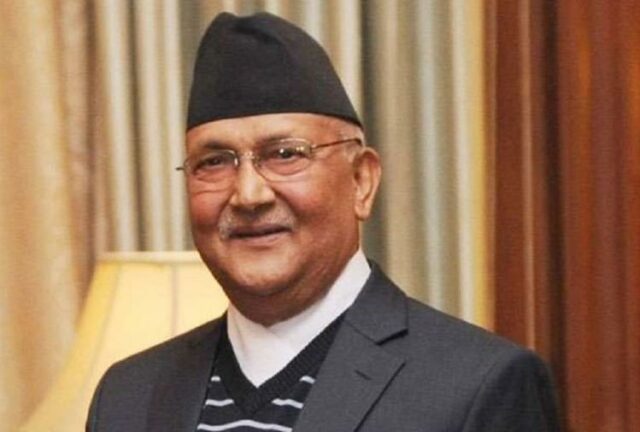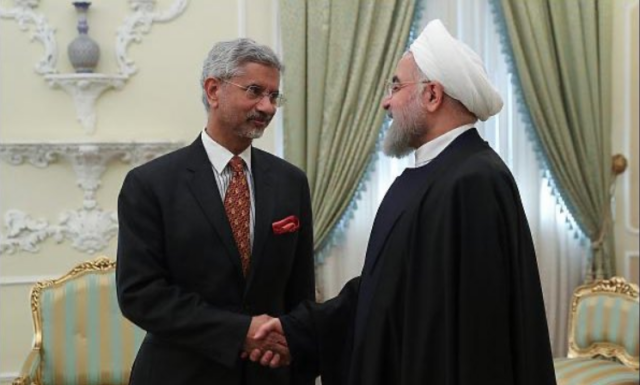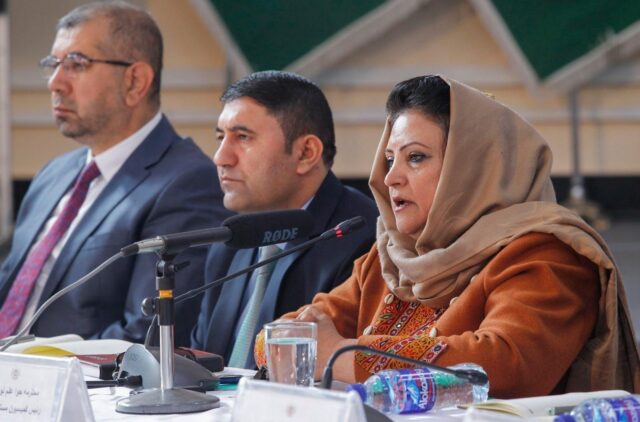Common sense tells us that while China’s Belt & Road Initiative (BRI) has great potential for trade, business and investment and could be a lifeline for South Asian states hungry for no-strings-attached funding, there are other implications. The pushback against BRI in parts of Southeast Asia and Africa along with the demand that BRI agreements be re-negotiated, suggests resentment over terms weighted heavily in Beijing’s favour.
Estimated to cost around $1 trillion of which about $200 billion has been spent since it was launched in 2013, the BRI primarily comprises infrastructure projects with Beijing forking up the money through grants and loans. A common complaint heard is that funding tends to go for projects where Beijing has a particular interest, rates of interest are on the higher side, Chinese suppliers are preferred as is Chinese labour.
M.V. Rappai, who studies and analyses Asian strategic and security issues at the Institute of Chinese Studies in Delhi, says that “China is essentially driven by the mercantilist instinct, seeking to maximise gains through trade and investment for which every instrument of national power is harnessed. This is visible in their strategy for South Asia where Chinese money and business is driving political influence”.
Myanmar
A case in point is Myanmar. Late in the old year, there were media reports of plans for a railway line linking up Kunming in southern China with three ports in Myanmar—Muse, Mandalay, Kyaukphyu. The ports will give China access to the Bay of Bengal but the larger question is viability: will Myanmar be saddled with a Hambantota-like project, where Sri Lanka had to hand over the port to China on a 99-year lease because it didn’t have the money to pay off the Chinese builders.
Thailand-based journalist Bertil Lintner, who has travelled and written extensively on Myanmar, warned in an article in the Asia Times earlier last year that $4 billion, of a total national debt of $10 billion, was owed to China. The article said ruling party MPs were ringing alarm bells over “sovereignty eroding debt trap”, given the 4.5 per cent interest Beijing charged on loans, believed to be the highest ever. It’s not clear if China is willing to accept repayment in kind such as in rice.
Nepal
A report in the Kathmandu Post dated October 11, 2018 listed no less than 24 BRI projects. The most ambitious being a railway line stretching nearly 300 km from Kyirong in Tibet (on the border with Nepal), to Kathmandu, Pokhara and the Buddhist holy city of Lumbini. The project will cost around $8 billion, which is close to one-third of Nepal’s GDP and while loans from China may not be an issue, its viability is in serious doubt.
Bangladesh
BRI projects were estimated at around $10 billion, according to an analysis in the Interpreter (May 30, 2019) published by Australia’s respected Lowy Institute. These include a 6.5 km road-rail bridge over the Padma River which will establish connectivity between the eastern and western halves of Bangladesh, an industrial park in the port city of Chittagong, a road tunnel in the south-east and a deep-sea port in Payra in southern Bangladesh on the Bay of Bengal.
Sri Lanka
The Chinese have leased Hambantota deep-sea port for 99 years because Colombo cannot pay the reported $1.12 billion spent on building it. But the Sri Lankan navy will handle all security issues thereby meeting a key concern of India. China is also investing in the massive Colombo Port City Project, seen as that country’s desire to emerge as a commercial and services hub between Dubai and Singapore.
The Sri Lankan finance ministry says the debt to China is not unsustainable and the country is not caught in a debt trap. Nevertheless, the public outcry against the acquisition of land for Chinese companies may compel the new government of Gotabaya Rajapaksa to go slow on Chinese help. But as the president underscored, other countries must step in to fill the gap since his country needs money to build infrastructure.
Pakistan
The most often cited case of a country deep in hock to the Chinese due in part to the China Pakistan Economic Corridor (CPEC). But that doesn’t appear to have discouraged Islamabad, witness Foreign Minister Shah Mahmood Qureshi declaring late last year that the $62 billion CPEC was “top priority”. The project is now apparently moving into its “second phase”, with the focus on industrialization, agriculture and the creation of special economic zones.
The reputed Dawn newspaper carried an extensive report on CPEC in June 2017, including its now unfolding second phase. The report titled ‘CPEC Master Plan Revealed’ began with words that can only be described as grim and pregnant with meaning: “The floodgates are about to open”, it said and went on to note, “The plan lays out in detail what Chinese intentions are in Pakistan for the next decade and a half, details that have not been discussed in public so far.”
These range from a nationwide surveillance network to the penetration of most sectors of the Pakistan economy by Chinese enterprises and culture. Whether Prime Minister Imran Khan can block the Chinese is not clear given his government’s other problems with the Financial Action Task Force pressing him on curbing funding to terror groups, the IMF’s own demands and his inability to deliver on governance.
The overall picture this presents is of China using its fat pocketbook to distribute money liberally in a region hungry for development and hungrier for “no-strings-attached” funding. It underscores the point made earlier, of China building political influence through trade, business and investment. There’s nothing wrong with that except it pinches India which is accustomed to not being challenged in the region (Pakistan is the exception in that respect).
The concern in Delhi’s South Block is that China is using its economic clout to contain and gradually undermine India’s influence in its backyard, get access to the Indian Ocean through which its energy supplies transit and expand its naval presence to ensure their security. This is exactly how it seems to be playing out.
China today has access to three deep-sea ports in the Indian Ocean: Gwadar in Pakistan, Hambantota in Sri Lanka and in Djibouti on the Horn of Africa. Reports suggest Beijing could have two more ports at its disposal in the years ahead, in Madagascar and Tanzania, both in Africa.
Not directly related here but helpful to China’s Indian Ocean strategy are more recent reports of Beijing obtaining a 30-year lease on a Cambodian port in the Gulf of Thailand. Cambodian has apparently allowed China permission to station troops in the Siem Reap naval base and an airfield long enough to accommodate military aircraft is being hacked out through the Cambodian jungle.
Cambodia, which is deeply in debt to China, is the first country in Southeast Asia to allow Chinese troops on its territory. It strengthens Beijing’s hold over disputed waters in the South China Sea and could be the beginning of a new period of unprecedented Chinese hegemony over the region. As Charles Edel, a former U.S. State Department official now at the University of Sydney in Australia, warned: “You have all of a sudden mainland Southeast Asia potentially sitting behind a defensive Chinese military perimeter. This is by far the biggest implication and one that would likely have political effects.”
Not that India is sitting on its haunches; the pushback has been evident for some time with Indonesia giving India port facilities on Sabang in the province of Aceh. It is 700 km southeast of India’s Andaman Islands and 500 km from the Malacca Straits, seen as a choke point since 80 per cent of China’s energy supplies have to negotiate the straits to reach home ports.
India and France have tied up in a “three-pronged” security partnership that will include joint surveillance and joint patrols beginning in 2020. France has four island territories in the Indian Ocean including Reunion and Mayotte and China’s rising naval profile is worrying Paris. Add to that the Quad (Australia, India, Japan, USA). Prime Minister Modi’s recent Indian Ocean Initiative, which is still being fleshed out, will be another instrument in India’s plans to secure the Indian Ocean.
But this is not so much about India as about China and the purpose behind the dragon’s manoeuvres in our neighbourhood. We will bring you a detailed country by country analysis of China’s strategy in South Asia.



























